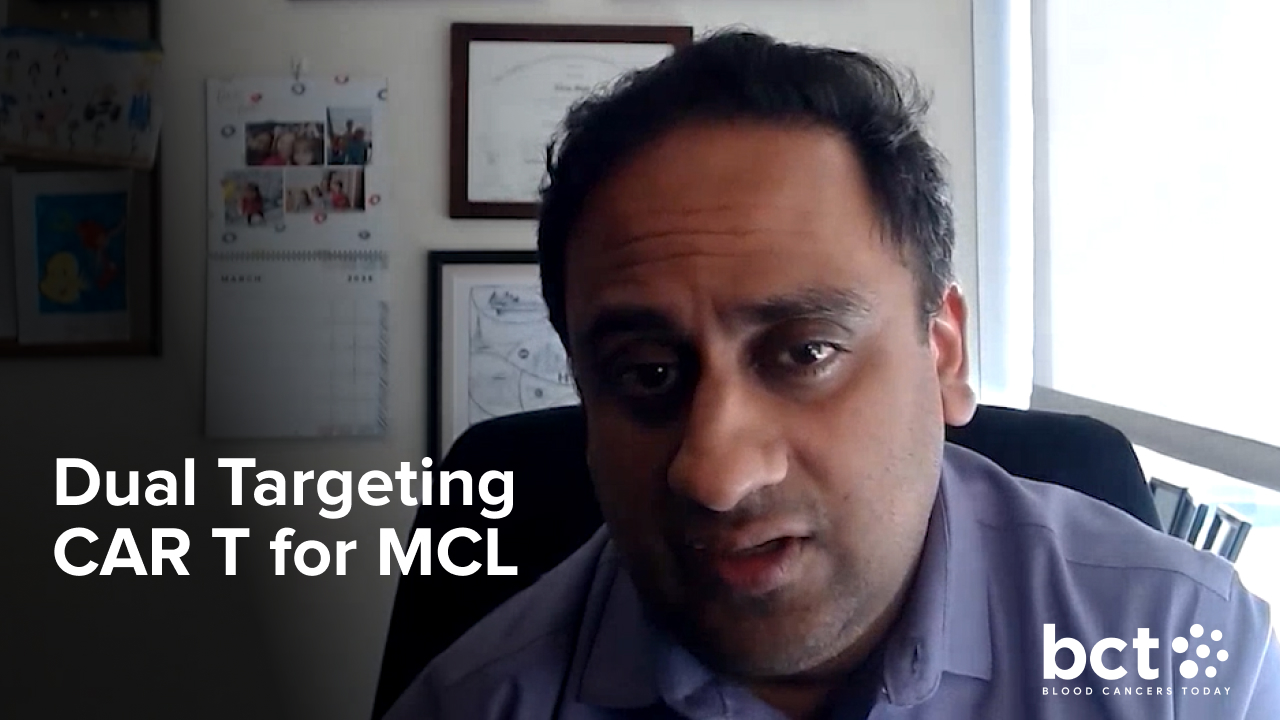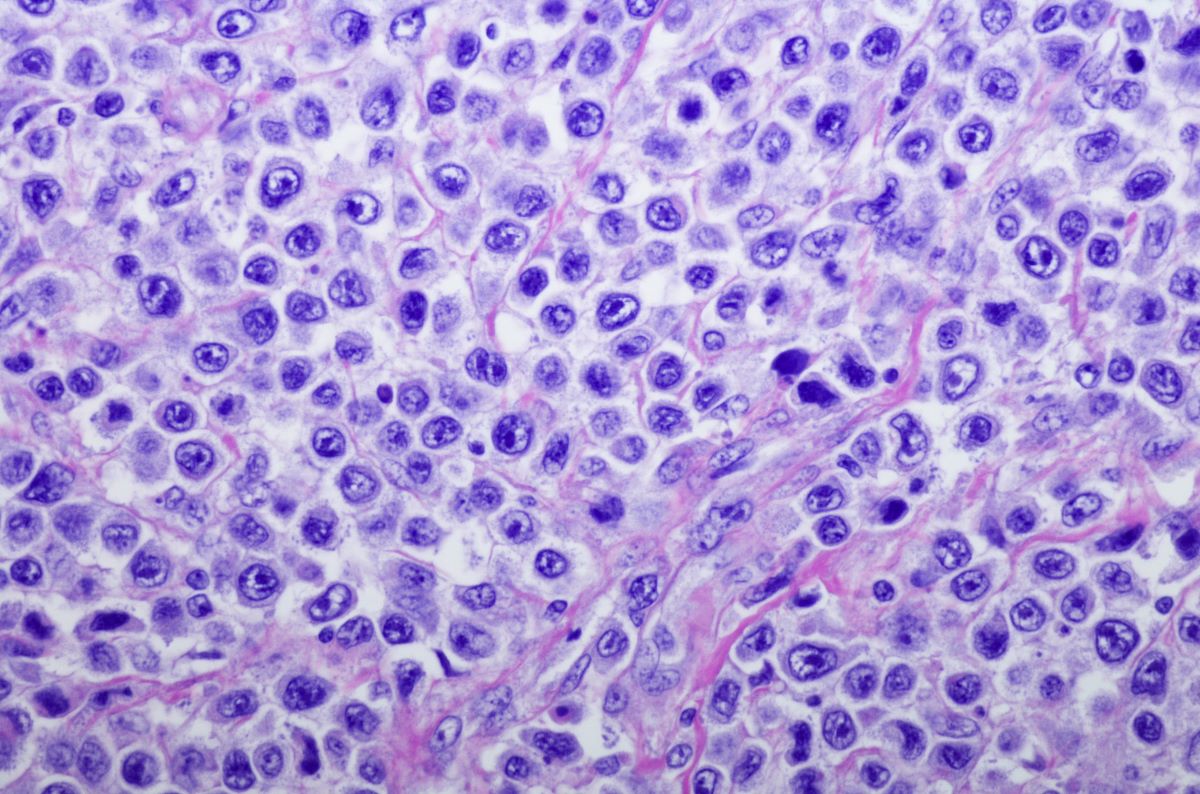
The optimal time for measurable residual disease (MRD) testing in patients with mantle cell lymphoma (MCL) is after four treatment cycles, according to a study presented at the 65th ASH Annual Meeting and Exposition. This timepoint offered the best predictive ability for survival prognosis; however, the authors noted, speed of reaching MRD negativity was not linked to survival.
The study included 102 patients with MCL who had B-cell involvement in the bone marrow, as detected by multiparametric flow cytometry. A little more than half of patients (58.8%) received high-dose cytarabine-based immunochemotherapy. MRD assessments were conducted at the initiation of cycle three, at the end of cycle five, at the end of induction, and every six months during maintenance treatment.
Three-quarters of patients (n=77; 75.4%) reached MRD negativity throughout induction. MRD negativity occurred in 23.4% of patients who were older than 65 years, whereas MRD positivity occurred in 68.0% of that population, which the authors said was “likely a consequence of the greater MRD negative rates observed in patients who received intensive immunochemotherapy and autologous transplant.”
Lower rates of MRD negativity were associated with:
- Elevated lactate dehydrogenase (LDH) level
- High-risk Mantle Cell Lymphoma Prognostic Index (MIPI)
- Blastoid/pleomorphic pathology type
- Non-cytarabine regimen
MRD negativity was associated with significantly improved survival (P<.001). “MRD detection serves as a valuable complement to the traditional response evaluation system, particularly benefiting patients who achieve partial remission (PR),” the authors noted. “This indicated the importance of assessing MRD during induction therapy for PR patients.” However, they noted that for patients who achieve complete remission, MRD outcomes have “minimal” impact on prognosis.
When assessing the timing of MRD detection, the authors found that 40.3% of patients (n=31/77) had rapid reduction in tumor burden and achieved MRD negativity after two treatment cycles; 45.5% of patients (n=35) were MRD negative after four treatment cycles, and 14.2% of patients experienced MRD negativity after six cycles of induction or during maintenance.
MRD status after four treatment cycles was found to be the strongest predictor of survival (hazard ratio, 5.37). The researchers noted that patients with high-risk features (eg, high-risk MIPI, elevated LDH levels, complex karyotype) tended to achieve MRD negativity faster, but there did not appear to be prognostic benefit.
Among patients receiving high-dose cytarabine-based regimens, those who achieved MRD negativity after two cycles of treatment had slightly longer progression-free survival compared with those who achieved MRD negativity by four to six cycles (P=.017), but there did not appear to be an overall survival benefit based on the timing differences.
“These findings underscore the need for tailored approaches to MRD testing and interpretation in MCL, in alignment with individual patient characteristics and treatment responses,” the researchers concluded.
Reference
Huang Y, Yan Y, Yu Y, et al. The prognostic impact of measurable residual disease dynamics in mantle cell lymphoma. Abstract #3038. Presented at the 65th ASH Annual Meeting and Exposition; December 9-12, 2023; San Diego, California.






 © 2025 Mashup Media, LLC, a Formedics Property. All Rights Reserved.
© 2025 Mashup Media, LLC, a Formedics Property. All Rights Reserved.